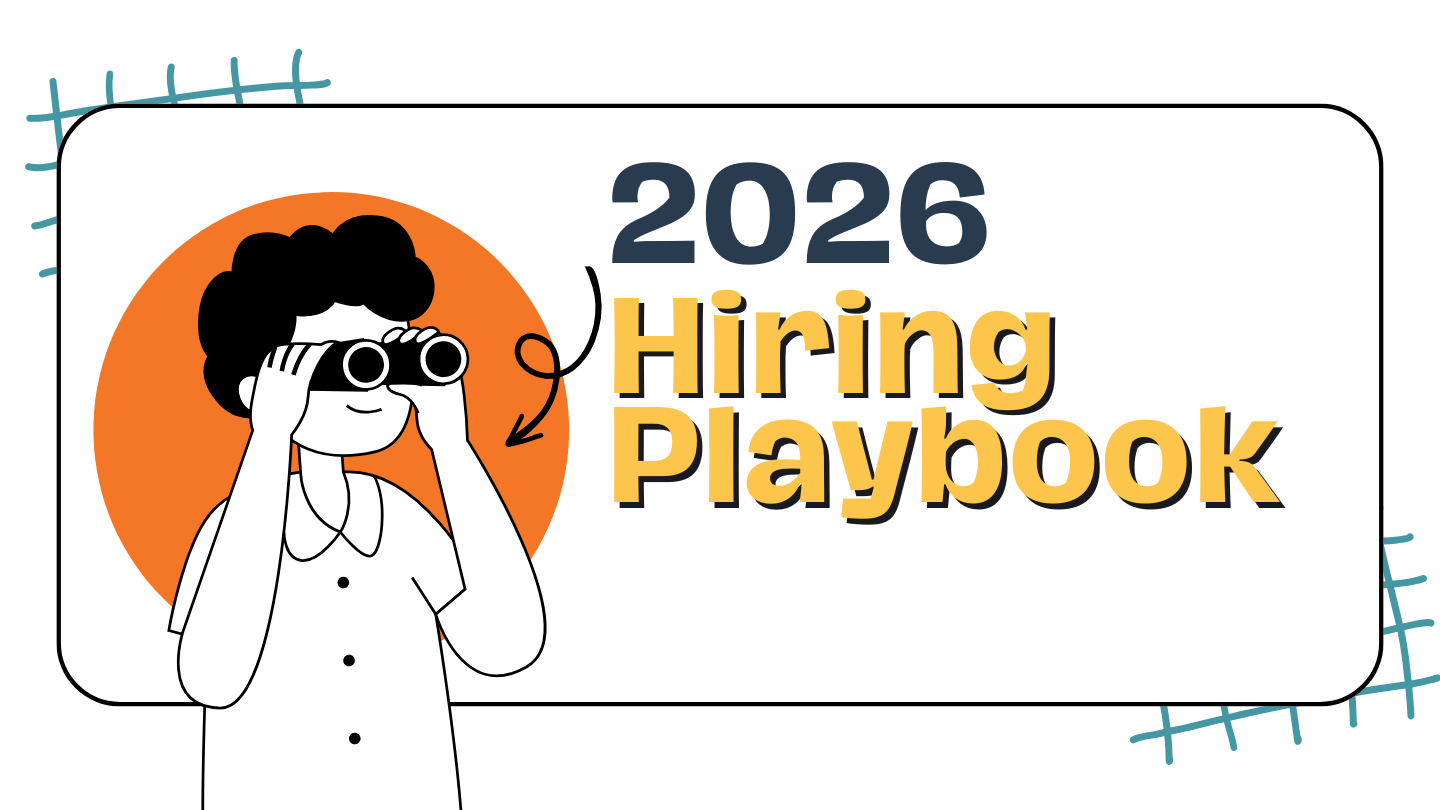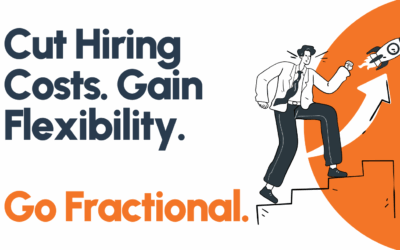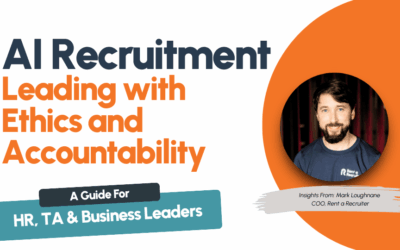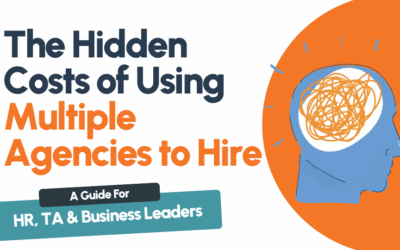
2026 HR Hiring Playbook 5 Moves To Build Predictable, Cost Efficient Hiring
The 2026 HR Hiring Playbook is about one thing: giving HR and People leaders a clear, practical way to plan hiring in a more uncertain market.
Budgets are tightening, talent markets are shifting, and the noise around AI is making it harder to separate real value from hype.
This guide breaks down five moves HR leaders in Ireland and Australia are using to create stability, reduce risk, and build stronger teams in 2026.
Why You Need a 2026 HR Hiring Playbook
Many organisations still treat recruitment as a reactive activity. Agency fees spike when hiring surges, internal teams stretch to cover gaps, and leadership struggles to get a clear view of real hiring costs.
The 2026 HR Hiring Playbook helps shift hiring from reactive and unpredictable to planned and measurable. It focuses on cost predictability, process efficiency, and better use of data and AI, so HR teams can support growth without burning out.
1. Move From Reactive Recruitment To Cost Predictable Models
Most hiring budgets break because they rely heavily on traditional agency fees that rise and fall with activity. HR teams preparing for 2026 are shifting toward embedded or fixed cost recruitment models to stabilise spend and improve forecasting accuracy.
With an embedded recruitment model, you gain consistent recruiter capacity, better alignment with hiring managers, and clearer month to month visibility on cost per hire and time to fill.
Benefits of a cost predictable hiring model include:
- More accurate budget planning for 2026
- Scalable recruitment support that flexes with demand
- Less reliance on multiple agencies and one off fees
- Stronger collaboration between HR, hiring managers, and recruiters
💡If you want recruitment to behave like a forecastable business function rather than an unpredictable expense, this is the first move in your 2026 HR Hiring Playbook.
2. Pressure Test 2026 Hiring Plans With Real Cost Scenarios
Leadership wants clarity on what hiring will cost in 2026. HR teams are using scenario modelling to understand how hiring volume, role complexity, market location, and internal workload will affect budget and delivery.
Instead of working from a single headcount number, forward thinking HR teams are asking:
- What happens to cost if we increase hiring across a quarter rather than a full year?
- Which roles are driving the highest spend and slowest time to hire?
- Where are we most dependent on agencies, and how much does that add to our budget?
Running these scenarios highlights blind spots early and allows HR and Finance to align on realistic hiring plans before the year begins.
💡A simple way to start is by using an ROI calculator to compare traditional agency fees with an embedded recruitment model and test different hiring scenarios for 2026.
3. Build Hiring Efficiency With Simple Process Upgrades
You do not need a complete overhaul to improve hiring performance in 2026. Many HR teams are speeding up time to hire and improving quality with a series of small, focused process upgrades.
Common areas to refine include:
- Cleaner, more specific job briefs that reduce misalignment
- Structured screening questions to filter candidates consistently
- Interview scorecards that guide hiring decisions and reduce bias
- Clear expectations for hiring managers on timelines and feedback
- Simple reporting on pipeline, bottlenecks, and time to hire
💡These refinements are easy to implement and compound over time, giving HR teams more capacity without adding extra headcount.
4. Strengthen Culture And Engagement From Day One
Competition for talent is increasing, so retaining the people you hire is just as important as sourcing them. HR leaders are putting more focus on onboarding, early engagement, and culture building across locations.
High performing teams tend to:
- Use a consistent onboarding structure for every new hire
- Give early clarity on goals, ownership, and decision making
- Design rituals that connect remote and hybrid teams
- Involve senior leaders, including the CEO, in induction sessions
💡Strong onboarding and culture design shorten ramp time, support retention, and create a better return on every hire you make in 2026.
5. Use AI To Remove Admin, Not Replace Good Hiring Decisions
AI is becoming a normal part of the HR toolkit, but the most effective teams use it with intention. They apply AI to repetitive work while keeping human judgement at the center of decisions that impact culture, team dynamics, and long term performance.
Areas where AI can work well include:
- Summarising CVs and documents for faster review
- Drafting job descriptions and outreach messages
- Supporting interview preparation and question design
- Helping with project management and task tracking
- Providing high level talent market insights
Areas where AI should be used carefully include:
- Candidate scoring and ranking
- Culture fit and team compatibility decisions
- Performance evaluation and promotion decisions
💡The 2026 HR Hiring Playbook is not about replacing recruiters or hiring managers with AI. It is about using AI to free up time so HR teams can focus on the conversations and decisions that matter most.
Put The 2026 HR Hiring Playbook Into Action
The organisations that will navigate 2026 most successfully are those that treat hiring as a strategic, data led function. By stabilising recruitment costs, improving core processes, designing better onboarding, and using AI in a practical way, HR teams can support growth without losing control of time or budget.
If you are planning your 2026 hiring strategy and want help forecasting, optimising processes, or stabilising recruitment spend, our team can support you.
Ready to future-proof your hiring?
Talk to Us About Your 2026 Hiring Strategy


